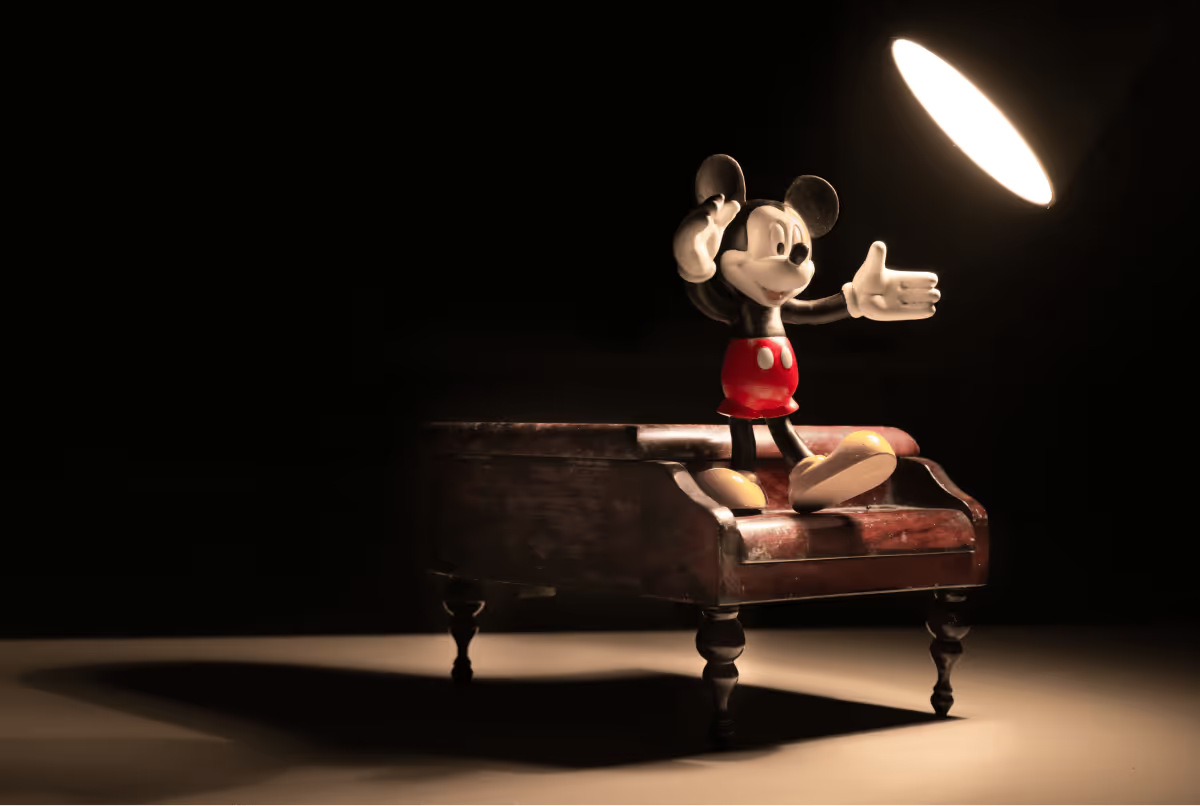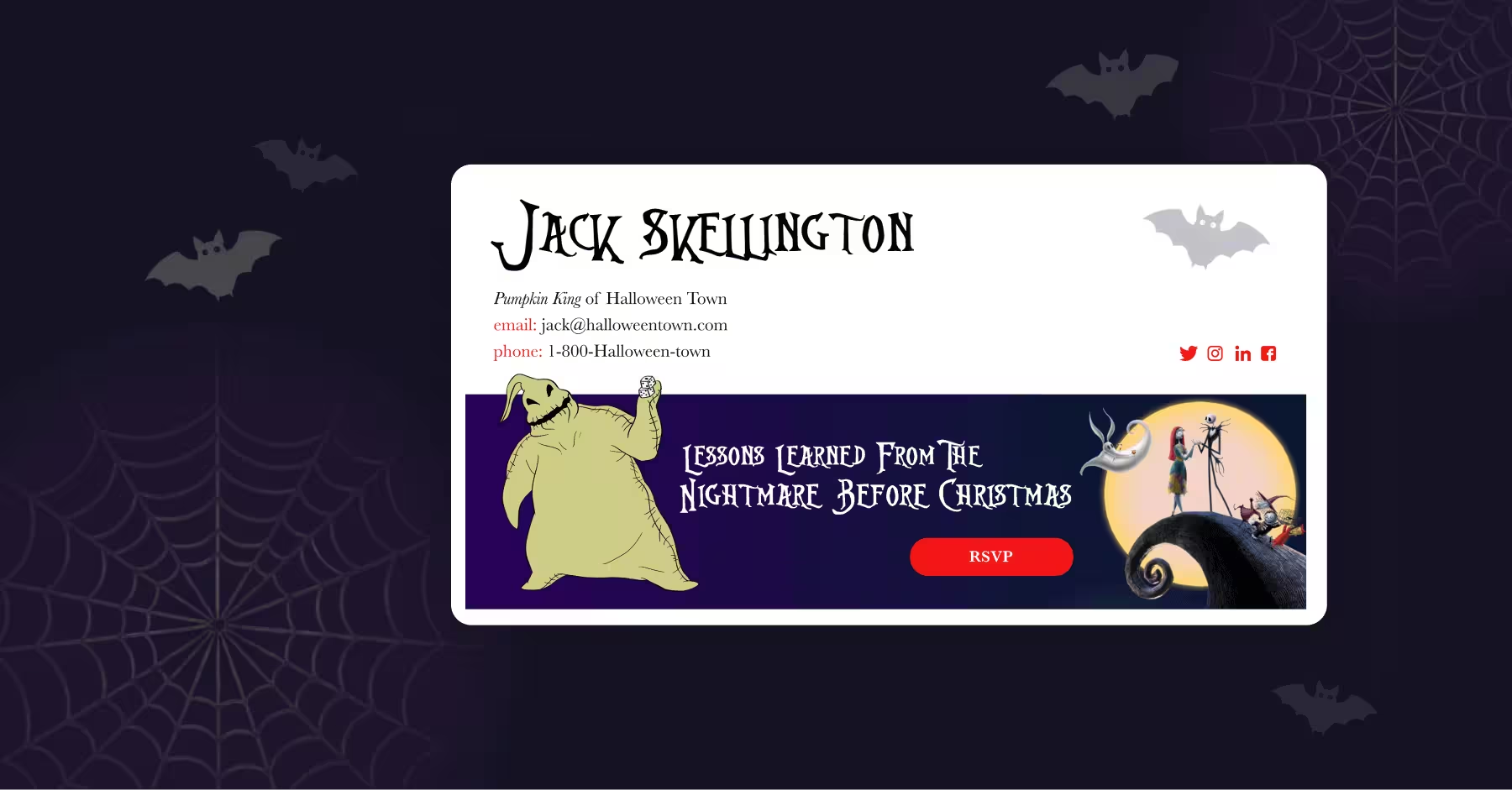
Building a Memorable B2B Brand - Playing the Long Game
Each year, marketers wonder whether attention spans will manage to shrink even further, offering less room for error and more challenges in the way of a purchase. And each year, marketers are somehow shocked that yes, attention spans continue to shrink, and convincing consumers to click “buy” is just a little bit harder.
This mindset causes many of them to look for quick fixes and aggressive solutions. Modern day marketing teams are distracted by the minute, trivial tactics and “last-touch-attribution” approach in a data-driven world. In fact, they’ve lost sight of the most foundational elements that have built the brands we all know and love. Maybe it’s because these elements and approaches feel outdated, or aren’t labeled as a “quick fix” to their concerns.
But in 2022 and beyond, it’s crucial to focus on playing the long game if you’re hoping to build a memorable B2B brand.
Less Patience Leads to Less Success
When it comes to testing marketing and brand building strategies, agencies and organizations are quick to abandon initiatives too quickly. At the first sign of plateau, risk, or less than stellar results, people are pulling out of their strategic initiatives out of a fear of failure.
Meanwhile, global brands like Coca Cola, Apple, Disney, and Google all have one thing in common…they play the long game, and stick to their guns when it comes to their marketing initiatives. Through patience, perseverance, and purpose, the most successful brands on earth have found sustainable and long term ways to become household names and billion dollar brands.
The secret to their success isn’t some unobtainable mystery tactic with a multi million dollar price tag. It’s that when they commit, they commit. They put time and energy into identifying a strategy (or strategies) that supports their goals, implementing, and sticking with it to find success. And even when an approach isn’t as fruitful as they’d hoped, many of them continue to stick it out in order to learn more about what they can change the next time around.
When you approach things in this way, there is no “losing.” Only learning.
The Payoff of Patience
Regardless of the usefulness or level of appeal of your brand, sometimes, buyers just aren’t ready to buy. Whether it’s because of their financial situation, need for your offering, or interest levels, there are plenty of reasons that consumers say “no” to purchase decisions. Eventually, however, they’ll realize that they have an unmet need, an added interest, or sufficient funds to purchase what you offer. And when they’re ready, you want them to think of your brand first.
This is why it’s so important to practice patience with your target audience. Messaging to them once or twice is a great way to introduce them to your offerings, but not everyone will be ready to click “buy now” upon introduction. By keeping up with them through repeated messaging tactics - like inbound marketing campaigns or email signature tactics - you can position yourself as the obvious choice when the time comes for them to purchase.
And since there are very few brands willing to commit to the patience it takes to build a meaningful presence in the marketplace, especially thanks to shortened attention spans of consumers, your efforts to do so will be rewarded.
Long Game Elements of a Durable Brand
Durable brands aren’t formed by accident. They require intention, purpose, and patience. If you desire to build a brand that customers will remember and respect, it’s important to consider the key elements of a durable brand:
- The Identity
- The Story
- The Reputation
- The Customers
When you dig deeper into these elements and prioritize them throughout your marketing and branding initiatives, you set yourself up for long-term success in your industry. As an added bonus, you’ll blow the competition out of the water in the eyes of your consumer, further securing your spot as their preferred choice in the marketplace.
But in order to incorporate these elements throughout your brand, you’ll need to know more about them.
The Identity
Creating an identity that your audience can relate to can’t be done overnight. Much like building friendships and developing relationships, getting to know a brand and developing trust takes time. This is why it’s so important to invest in curating a brand identity that your customers can cozy up to.
It starts with extensive research about your target audience’s interests, hopes, dreams, goals, and of course, demographics. This research - which should be ongoing - will help to inform your approach to crafting the perfect identity. You’ll want to consider your findings carefully and use them to build a brand identity that aligns closely with your audience’s demo and psychographics, allowing you to position yourself as a brand they can identify with themselves.
By investing in a solid identity for your brand, you’ll reap the rewards throughout the rest of your long game strategies to become truly durable in the marketplace. Since your identity trickles into all other elements of your brand, it’s important to get it right, while also allowing it to evolve over time.
The Story
The story your brand tells is largely informed by the identity you’ve created, but plays an important role in helping your customers establish a sense of familiarity and trust with you along the way. The words you use and the sentiment you share can make or break your relationship with your target audience. Much like in early stages of friendship, the stories we tell can help the other person decide whether or not they’re interested in continuing to spend time with us.
Your story comes to life throughout much of your content and copy, including your “About” page, blog posts and resources, social media captions and bio descriptions, press releases, and more. And when it comes to telling it, it’s crucial to consider what your audience wants to hear - without bending the truth.
Telling your story allows you to position yourself as relatable, approachable, and memorable, further securing your brand awareness in the marketplace and contributing to your success as a durable brand.
The Reputation
Your brand’s reputation is a result of your identity, your story, and what your customers have to say about you. This is part of the reason why it’s so important to invest in getting to know them, building a brand that appeals to them, and putting it into action throughout your marketing strategies.
Because it’s impossible to reach every single potential person who falls within the parameters of your target audience, your brand will have to rely on loyal customers to spread the word and share your brand with their loved ones and friends. For this reason, it’s important to invest in both the pre-purchase experience and the post-purchase experience. Customer service can make all the difference for a first- or second-time customer, so don’t forget to carry your identity and story past the finish line in order to make and keep customers happy.
The Customers
Your customers can serve as a powerful element of your brand. Like we’ve already mentioned, they can help influence others to consider or trust your brand. According to Signpost, 92% of consumers trust referrals from people they know. Additionally, customers referred by other customers have a 37% higher retention rate.
Creating a cohort of customers who advocate for your brand can secure your spot as a staple in the marketplace. In order to do so, it’s crucial to support and listen to your loyal customers and continue giving them reasons to step into the role of ambassador for your brand.
The Results
Once you’ve achieved success in all four of these elements, you’ll be able to see that good things take time. While prioritizing your identity, your story, your reputation, and your customers, you’ll inevitably invest time and resources into the long game, resulting in your brand standing out in the marketplace and securing your status as a durable brand.
Yes, it takes time, energy, and funds, but while other brands - including the competition - continue to fall short and abandon their marketing tactics at the first sign of failure, you’ll have learned from your mistakes, continued to refine your strategy, and benefit from having invested in building a durable brand.


.svg)



.svg)



